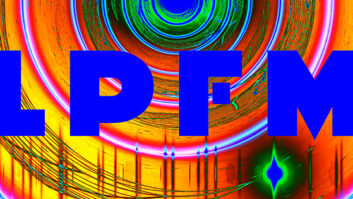
I’ve got more details on the NPR Labs tests, for which planning and initial lab work are now underway. You’ll recall that these tests are being conducted to eke out more data to answer the question of what would constitute a manageable HD Radio power increase.
One study concerns mobile listener testing to answer questions such as “Do factors like road noise, fans and heaters have an impact on perceptibility?” That question has been debated for decades, but “We want to do controlled tests,” NPR VP/CTO Mike Starling, executive director of NPR Labs, told me.
For example, let’s say stations are given approval to increase digital power. In such a scenario, what happens if a consumer then turns up the volume on the car radio? Is there an increase to analog interference from the IBOC signal that is worse than it would have been without a power increase? That’s one question these tests seek to answer.
Another study concerns indoor and mobile testing to gather data to figure out “what you get for each increment of a digital power increase.” NPR Labs will test what happens to both the analog and digital signals when FM IBOC power is increased incrementally.
The lab is also testing SCA analog reception capability to see what happens when IBOC power levels are increased.
The tests are being done in a “collaborative and open fashion” with commercial broadcasters and iBiquity Digital. In some cases, commercial facilities and their technical personnel may participate. IBiquity has also offered resources such as test vans and equipment for the tests, according to Starling.
The six-month-long tests are being conducted to figure out the best approach to increase the digital FM power. Participants hope to have the results analyzed and be able to draw conclusions in September.












